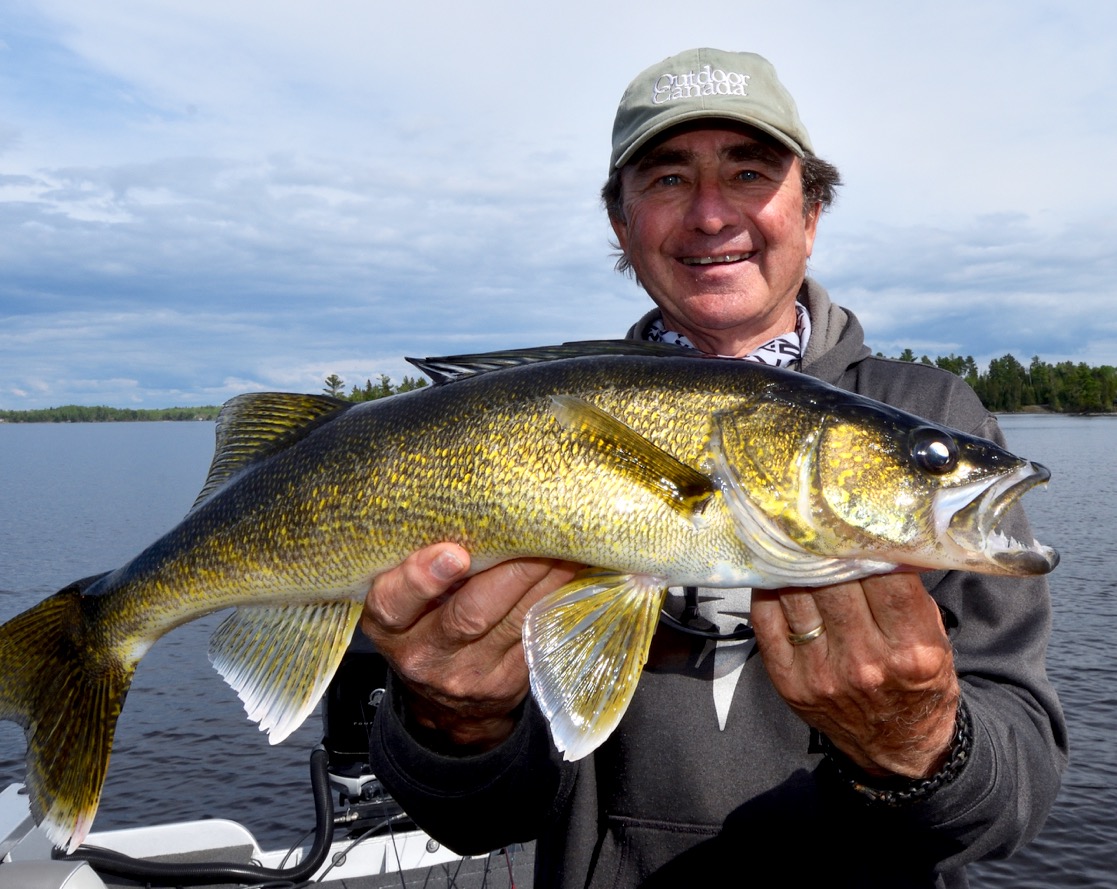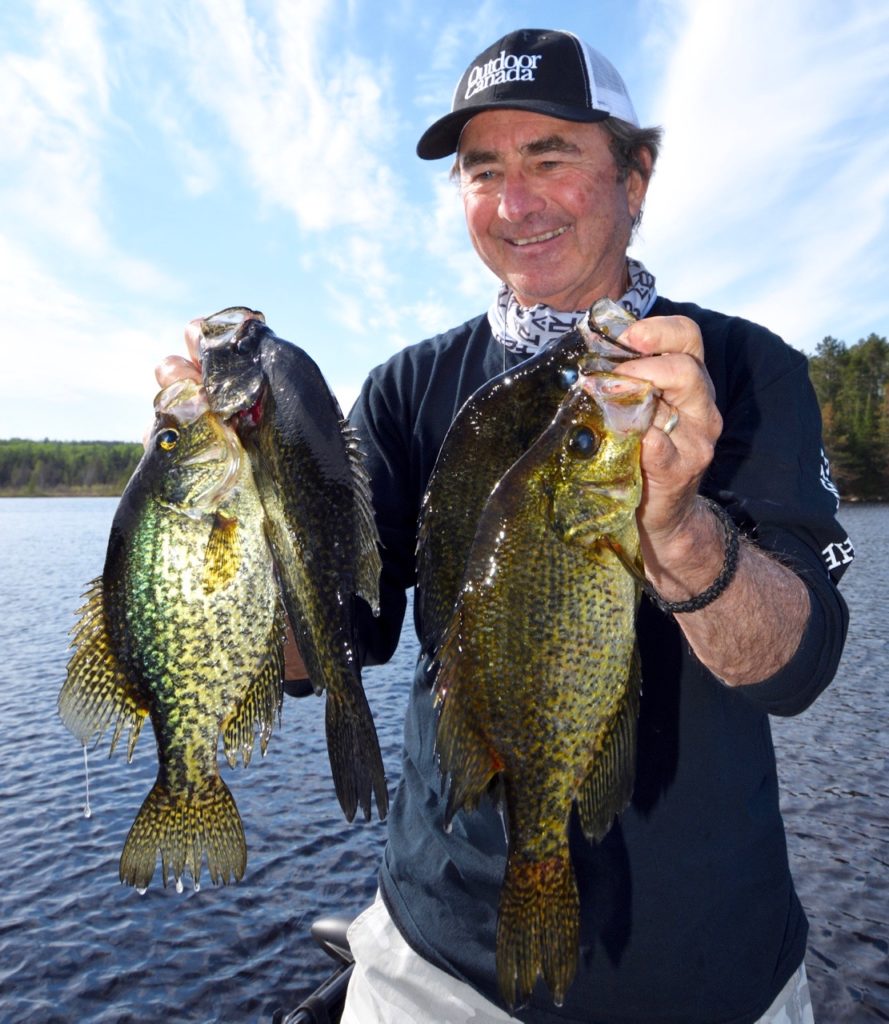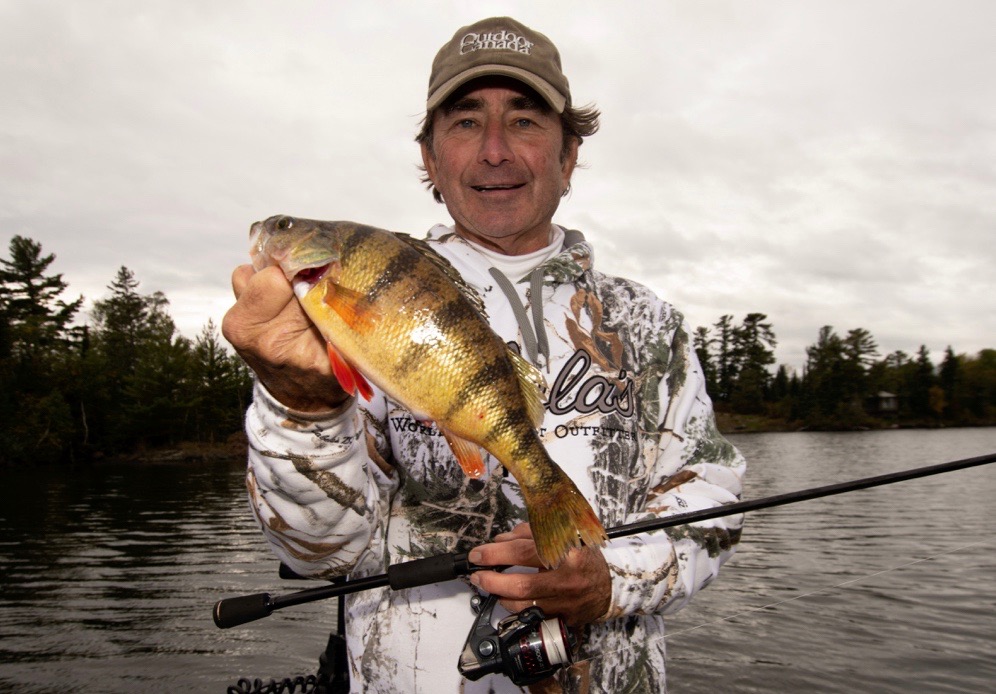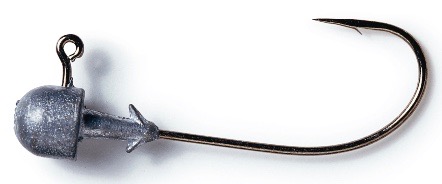FALL FRENZY
How to make autumn’s topsy-turvy conditions work in your favour to tackle more trophy fish
Advertisement
#3 HIT ROCK BOTTOM
Those exceptional catches highlight another key fall fishing principle: With few exceptions, it’s nearly always about the bottom. In the other three seasons, we routinely have to contend with fish that suspend high up in the water column, off the edges of structure in open water or close to the surface. Most days in the fall, however, it pays to be on or near the bottom. And the process accelerates as the water temperature continues dropping and the season advances, in both highly structured lakes with an abundance of underwater points, sunken reefs and submerged shoals, as well as lakes shaped like cast iron skillets. I will often search out the latter type of lake—or sections within highly structured waters that resemble them—because fall fish are so delightfully easy to pattern.
Advertisement
Here’s a good example of that. I live on northwestern Ontario’s Lake of the Woods, one of the most amazing bodies of water on the planet. Measuring 404,000 hectares in size, it has more than 100,000 kilometres of shoreline, 14,000 islands and another 28,000 submerged islands just inches below the surface. It’s a structure angler’s dream come true, yet many of my favourite fall walleye, bass, perch (below) and black crappie locations resemble dinner plates. In fact, I search for sections of the lake where the bottom is as flat as a pancake in 24 to 32 feet.
Now, you might expect the fish would be easy to find in such places, sticking out on your sonar unit. That’s partially true, especially on those warm, sunny, bluebird-type days. But most of the time, I’m not even looking for fish when I slowly criss-cross the flats monitoring my sonar unit, which I set to the split-screen mode to show traditional 2-D sonar and down- or side-imaging. Instead, I stare at the monitor looking for anything—absolutely anything—that’s different on the bottom. A dining room-size patch of pebbles, stones or coarse gravel is a godsend. So, too, is a transition from hard sand to soft muck.
Advertisement
In short, I’m not looking for a change in depth, but rather a variation in the composition of the bottom, which attracts fish like a magnet. With 2-D sonar, you’ll notice the strength of the return on your chartplotter is suddenly richer, redder, thicker and bolder when you cross over such an area. It’s even more visible when you spot it on down- and side-imaging modes.
Advertisement
BONUS TIP: JIG TIME
Fall presentations tend to concentrate on casting and trolling, but don’t forget to jig. Bass, walleye, perch and crappies gather up and concentrate in ever-bigger schools as fall progresses, so vertical jigging (or drop-shotting) can be a superb technique. Likewise, if your favourite muskie and pike spots fail to produce after you pick them apart by casting, never leave without first vertically jigging a Bondy Bait.




